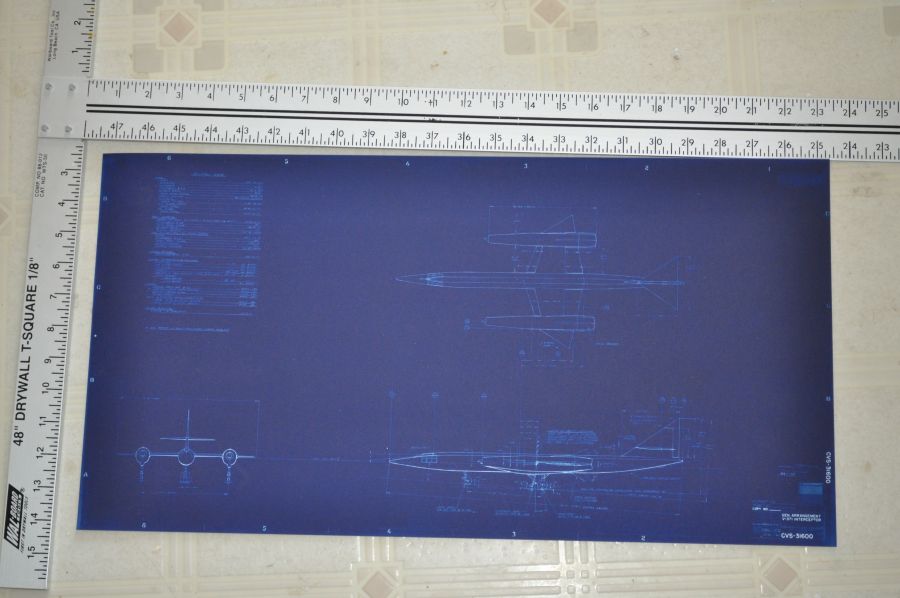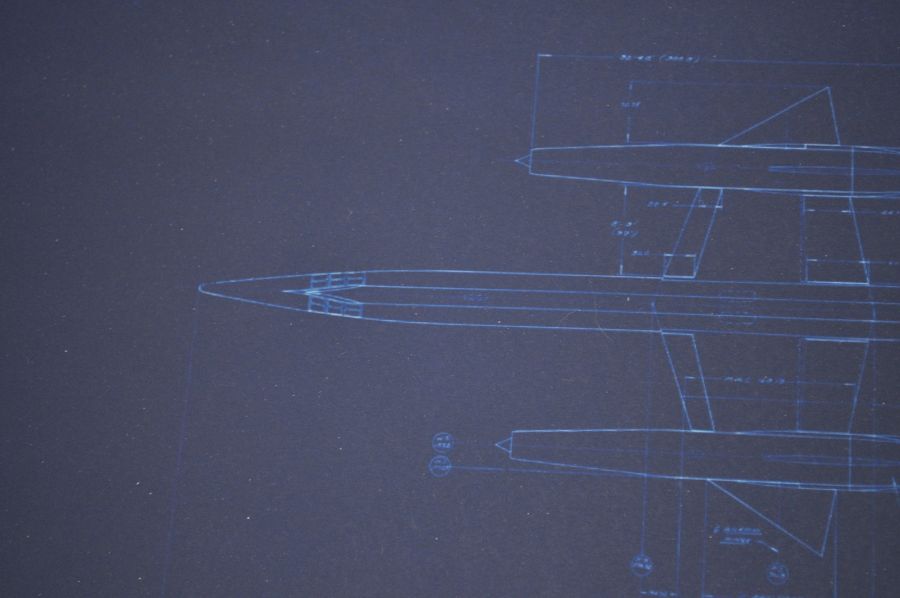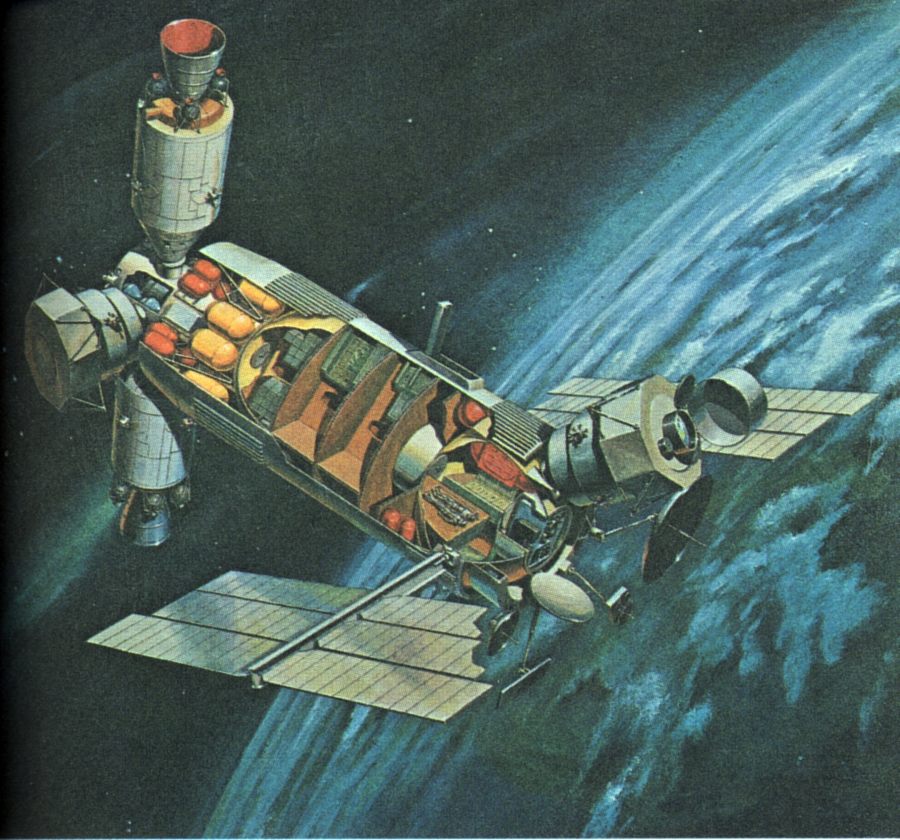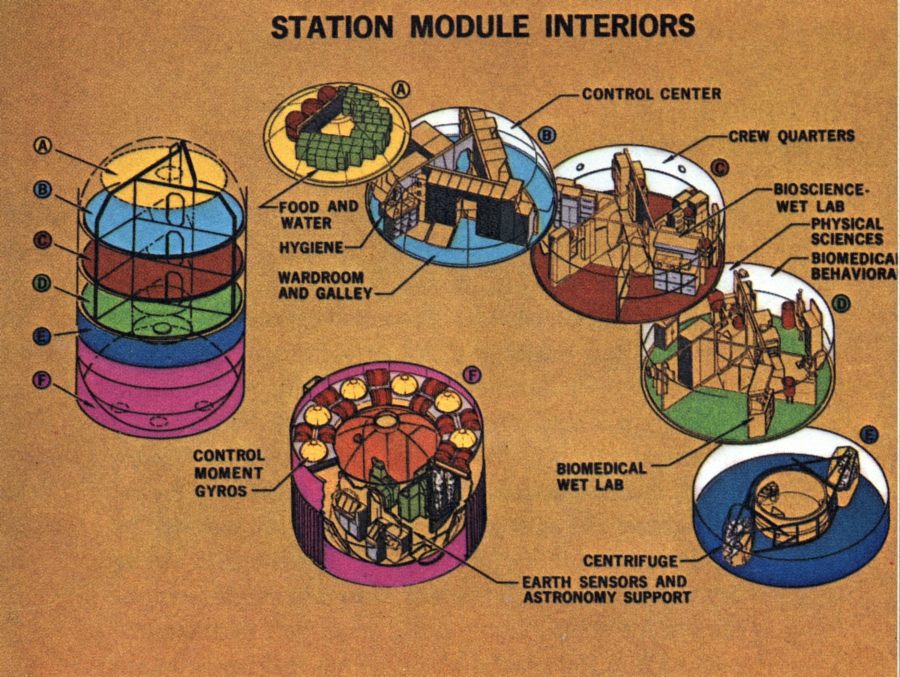An unpublished brochure reveals the design of a proposed massive modification to the X-15. The Marquardt Company had by the time of this brochure been studying the ejector ramjet for several years. This propulsion system used a large number of small rocket engines to “pump” a ramjet; this allowed the ramjet to be used at very low airspeed, all the way up to Mach 4+ at extreme altitude. A “supercharged” ejector ramjet added a turbine fan upstream of the ejector rockets. The turbine was powered by a secondary gas generator, and would increase thrust at lower speeds and altitudes. Having the turbine in the airflow would limit the engine to about Mach 4 or a little more; more complicated SERJ designs were produced which would allow the turbine to rotate out of the airflow, permitting even greater speeds.
Marquardt at this time envisioned the use of SERJ engines in everything from point defense interceptors to tactical fighters to strike/recon and strategic penetrators. Marquardt expected that post-1975, Mach 4 would be a necessity. In order to flight-test the engine, it was proposed to modify an X-15 to incorporate a SERJ engine. This engine would replace the XLR-99, and would require some substantial changes:
A large ventral inlet
A re-shaped ventral fin
Revised main skid landing gear
Altered propellant tanks
The SERJ engine would burn JP fuel and hydrogen peroxide oxidizer, eliminating the need for cryogenic equipment. The modified X-15 would be carried to altitude beneath the wing of the existing B-52 carrier plane. No in-flight oxidizer topping would be needed. Due to the deep throttling capability of the SERJ engine, it could be started while still attached to the carrier aircraft pylon.
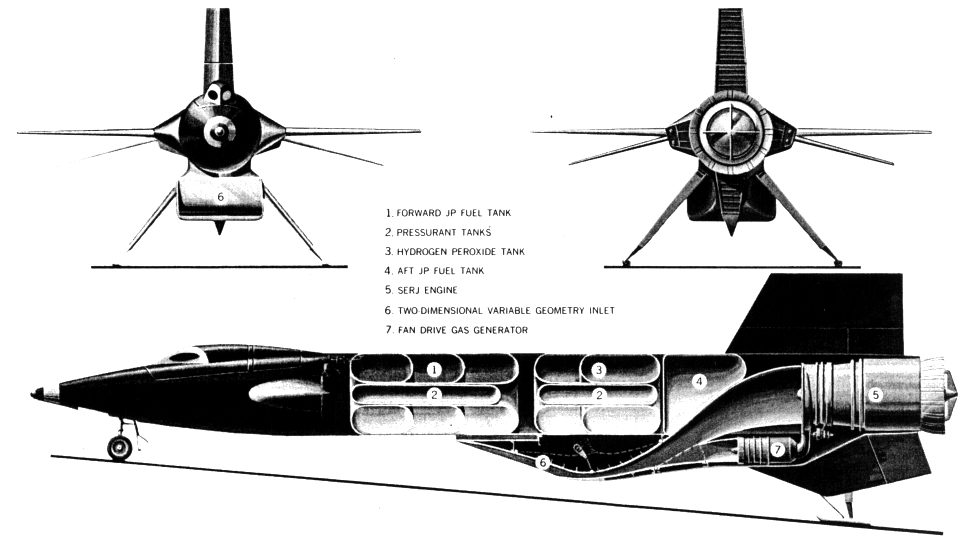
Inboard views of the SERJ-equipped X-15
Marquardt via W. Escher
————-
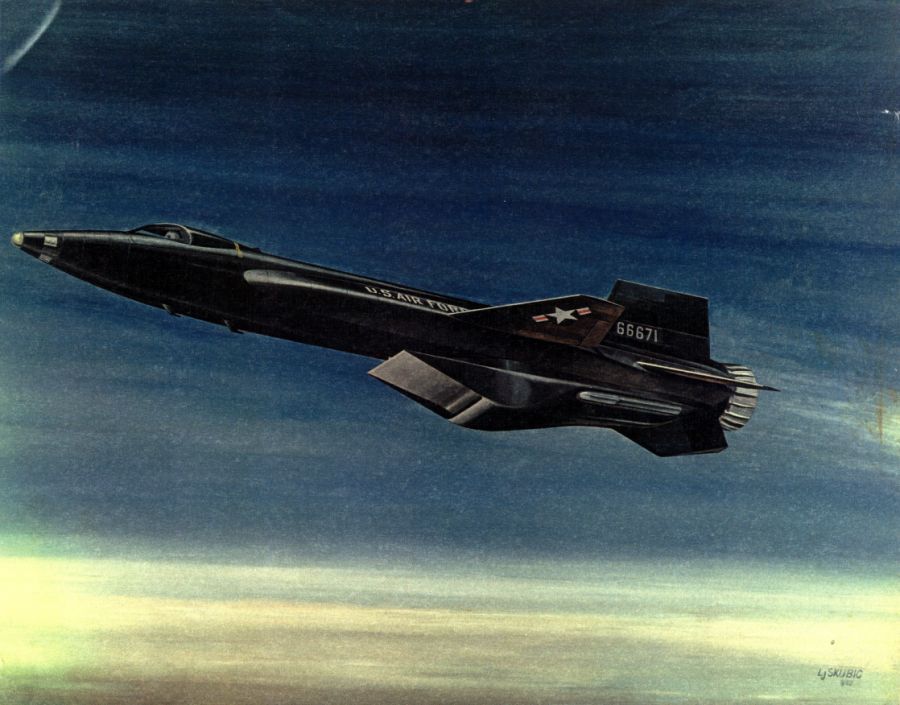
Artists impression of the SERJ equipped X-15 (Leo Skubic, Marquardt)
Marquardt via W. Escher
————–
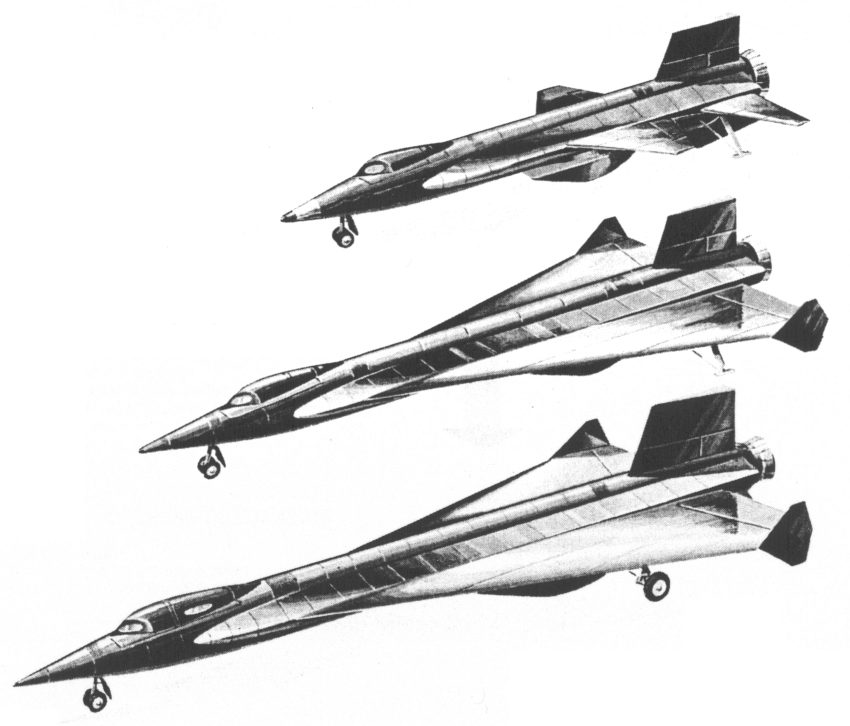
North American had produced designs of a stretched and delta winged X-15 (the middle design). Marquardt expected that this aircraft could also be equipped with a SERJ engine, producing greater performance. Further improvements still could be had by stretching the delta X-15, and adding a second crewman. Performance enhancement was not in speed or altitude, but in duration. An aircraft beyond this would be a truly operational military vehicle.
Marquardt via W. Escher
——————

SERJ-equipped X-15 display model
Marquardt via W. Escher
————
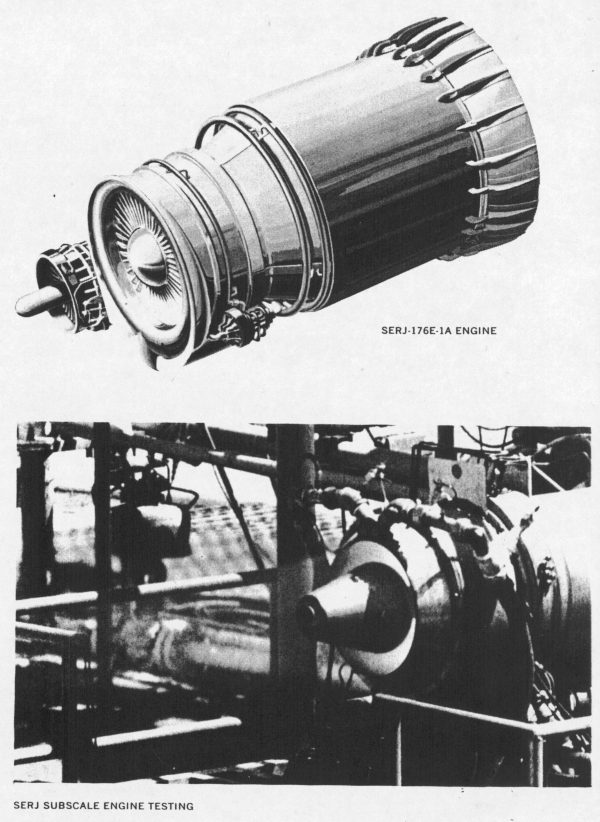
Top: The SERJ-176-E-1A engine was remarkably compact.
Bottom: Marquardt and Aerojet built and successfully static tested subscale SERJ engines.
Marquardt via W. Escher
————–

SERJ-equipped X-15 display model
From Boeing Historical Archives
————
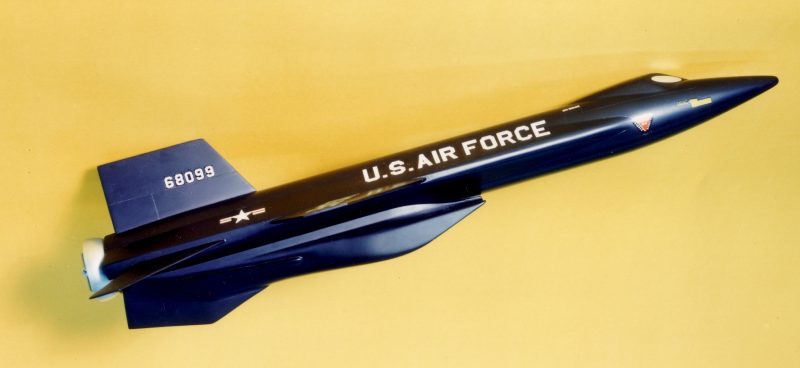
SERJ-equipped X-15 display model
From Boeing Historical Archives
———–
Reference: ” X-15 SERJ Precursor to Mach 4-plus,” unpublished preliminary brochure, The Marquardt Company, June 1969








